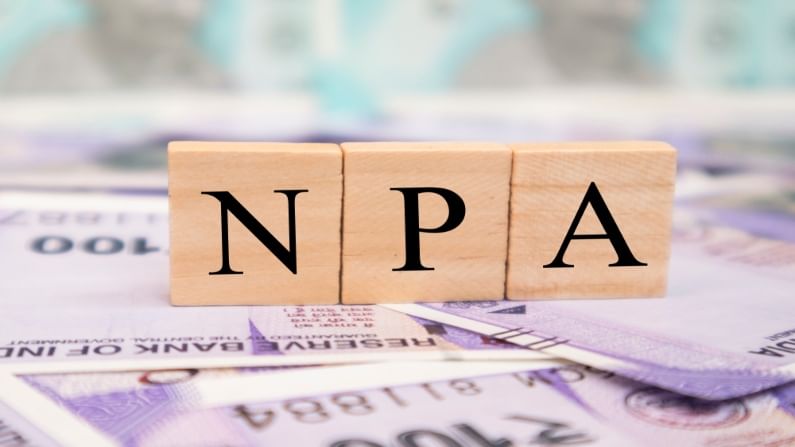Banks' gross NPAs may rise to 9.8% by March 2022: RBI
Seeking to allay concerns, the RBI further said that the banks have sufficient capital, both at the aggregate and individual levels

The gross non-performing assets (GNPAs) of banks may rise to 9.8% by March 2022 under the baseline scenario from 7.48% in the same month this year, according to the Reserve Bank of India (RBI).
“Macro stress tests indicate that the GNPA ratio of banks may increase from 7.48% in March 2021 to 9.80% by the corresponding month in 2022 under the baseline scenario,” according to the RBI’s latest Financial Stability Report.
The GNPA level could be as high as 11.22% under a severe stress scenario, the report said. Seeking to allay concerns, the RBI further said that the banks have sufficient capital, both at the aggregate and individual levels.
Among the lenders, public sector banks’ (PSB) GNPA ratio will rise from 9.54% in March 2021 to 12.52% by the corresponding month in 2022 under the baseline scenario. It, however, is an improvement compared to an earlier prediction.
Earlier in January, the FSR had predicted a grimmer situation. It had said that the banks’ GNPAs might rise to 13.5% by September 2021 under the baseline scenario.
For private sector banks, the transition of the GNPA ratio from baseline to medium to severe stress is from 5.82% to 6.04% to 6.46%. For foreign banks, it is from 4.90% to 5.35% to 5.97%.
Capital-to-risk assets ratio
The system-level capital-to-risk assets ratio (CRAR) under the baseline, and medium and severe stress scenarios, however, holds up well. It moderates by 30 basis points (bps) between March 2021 and 2022 under the baseline scenario, 130 bps under medium stress and 256 bps under the severe stress scenario.
The regulatory minimum of CRAR is 9%.
The FSR’s stress tests on banks’ credit concentration showed that none would see a fall in the CRAR below the regulatory requirement even in the extreme scenario where the top three individual borrowers failed to repay.
However, 37 banks could witness a decline of over one percentage point in their CRARs.
If the top three group borrowers in the standard category fail to repay, the worst impacted four banks could have 10 to 11% CRAR, while 39 would experience a decline of more than one percentage point, the report said.
CET-1 capital ratio
The report said that the common equity Tier I (CET-1) capital ratio of banks might decline from 12.78% in March 2021 to 12.58% in 2022 under the baseline scenario.
Under the medium and severe stress scenarios, it would fall to 11.76% and 10.73%, respectively by March 2022, according to the report.
Covid-19 impact
The report mentioned Covid-19 increased the risks to financial stability, especially when the measures taken in the aftermath are normalised and rolled back.
“The economic recovery remains fragmented and overcast with high uncertainty,” it said while highlighting the stress test results of the pandemic by central banks around the world.
The report said the United States Fed, in its June 2020 stress test and additional analysis, found that banks generally had strong levels of capital; however, considerable economic uncertainty remained.
GNPA for NBFCs
According to the report, the GNPA ratio for the non-banking financial companies (NBFCs) declined and capital adequacy improved marginally, despite the pandemic during 2020-21.
The GNPAs of NBFCs stood at 6.4% and net NPAs at 2.7% as of March 2021.